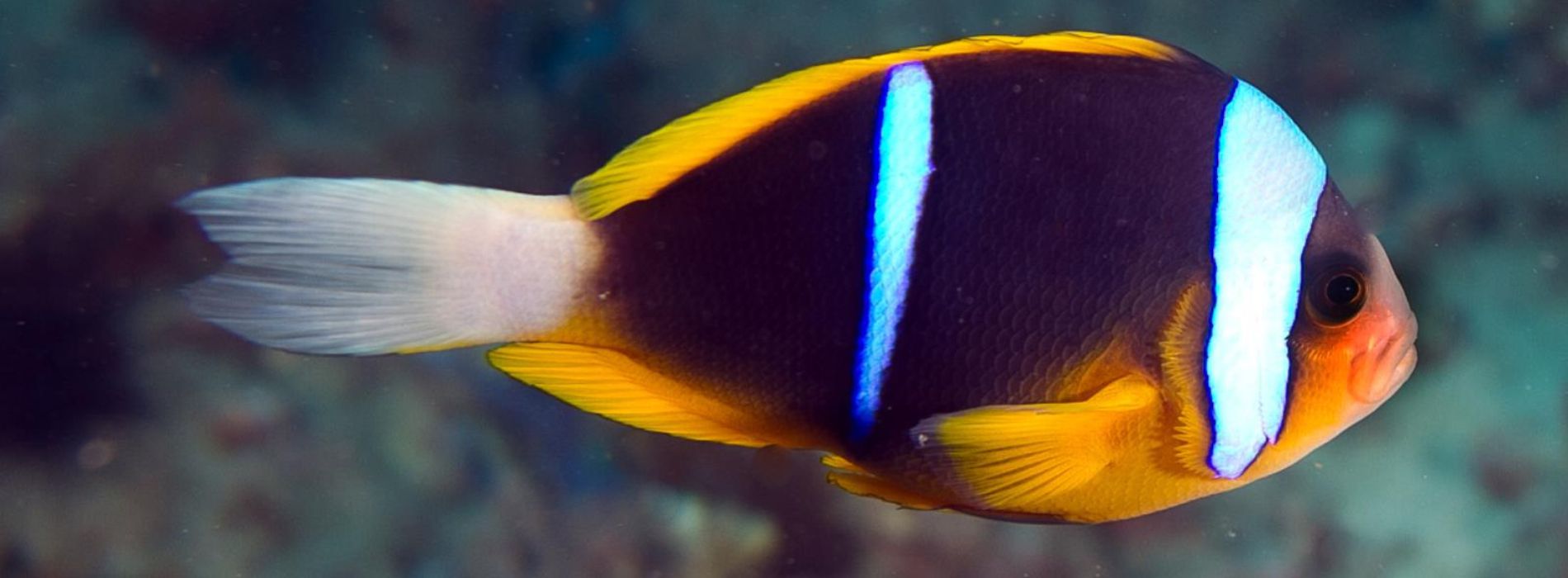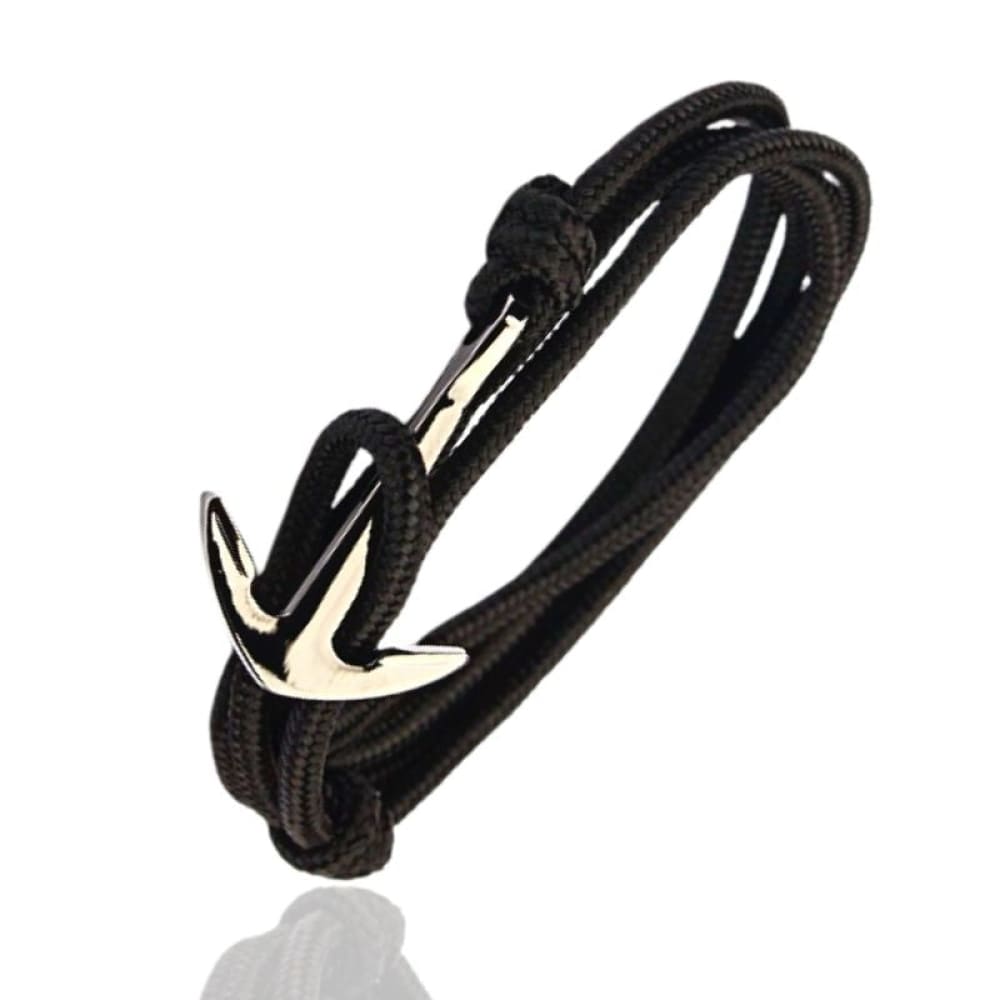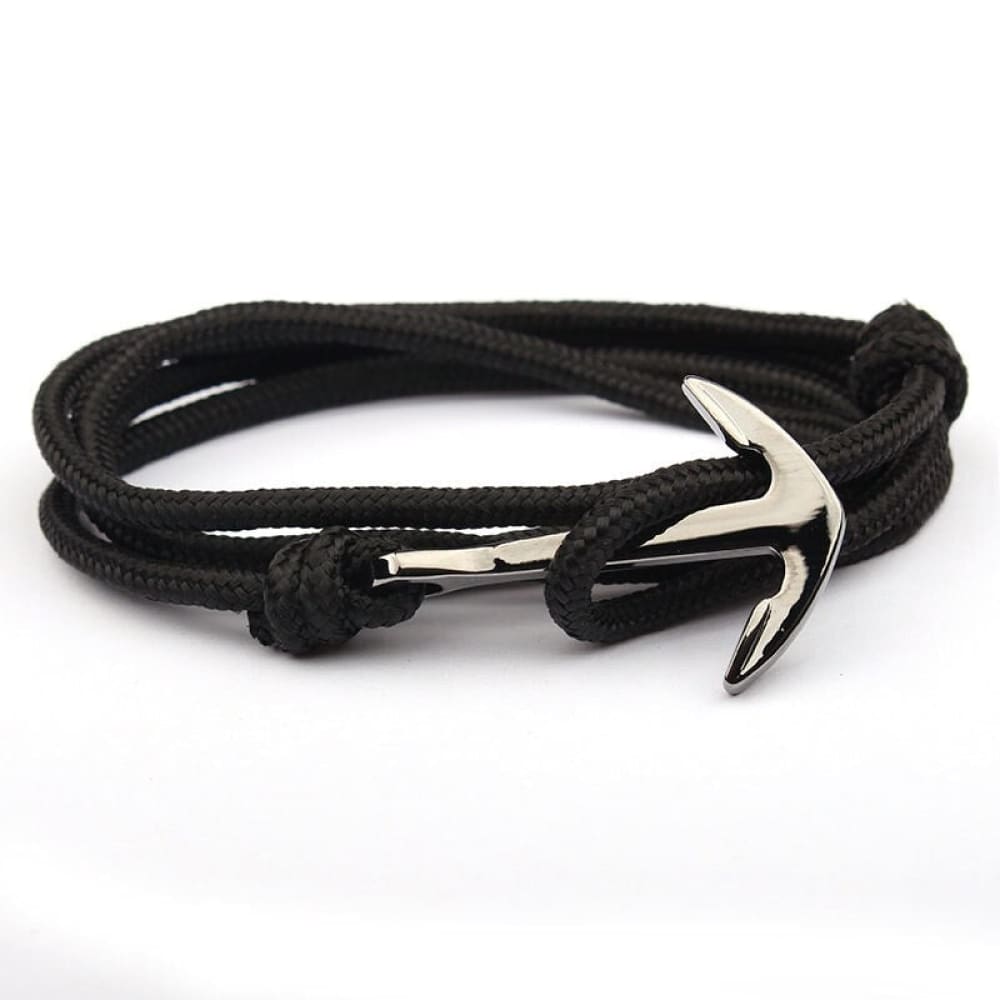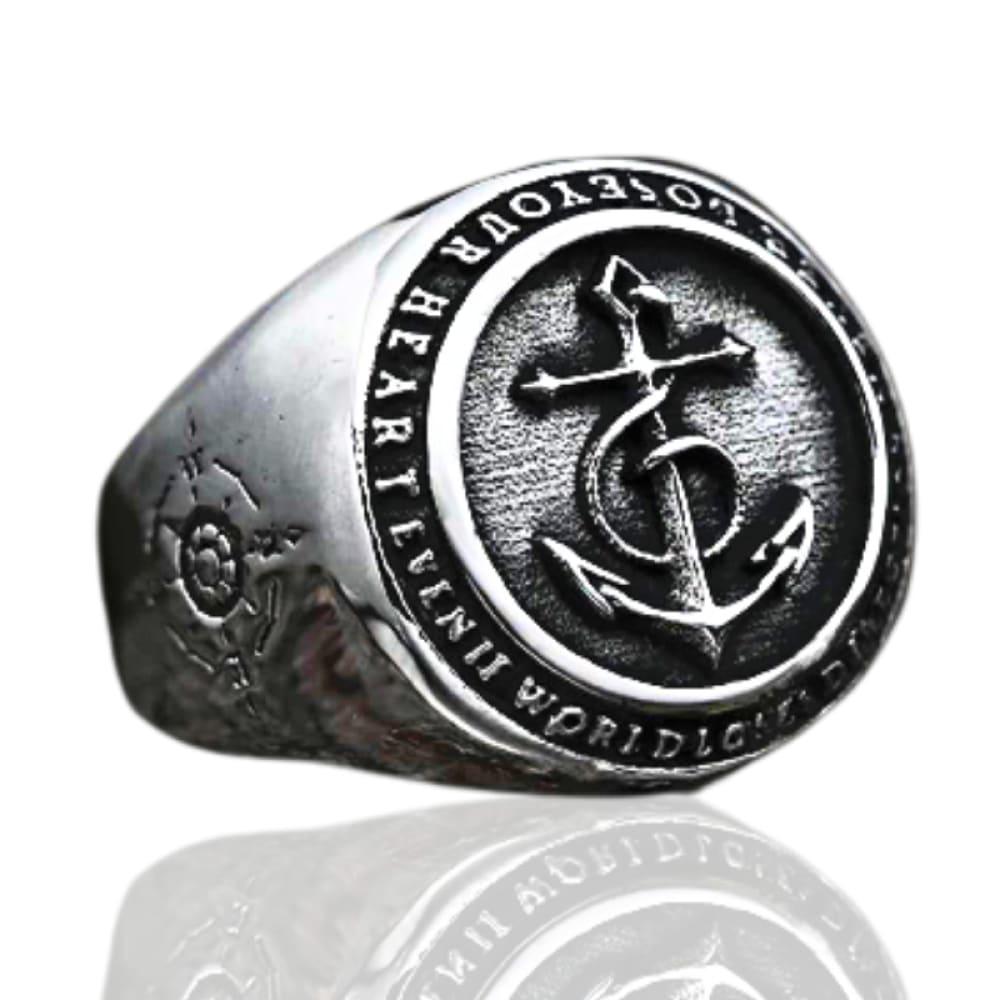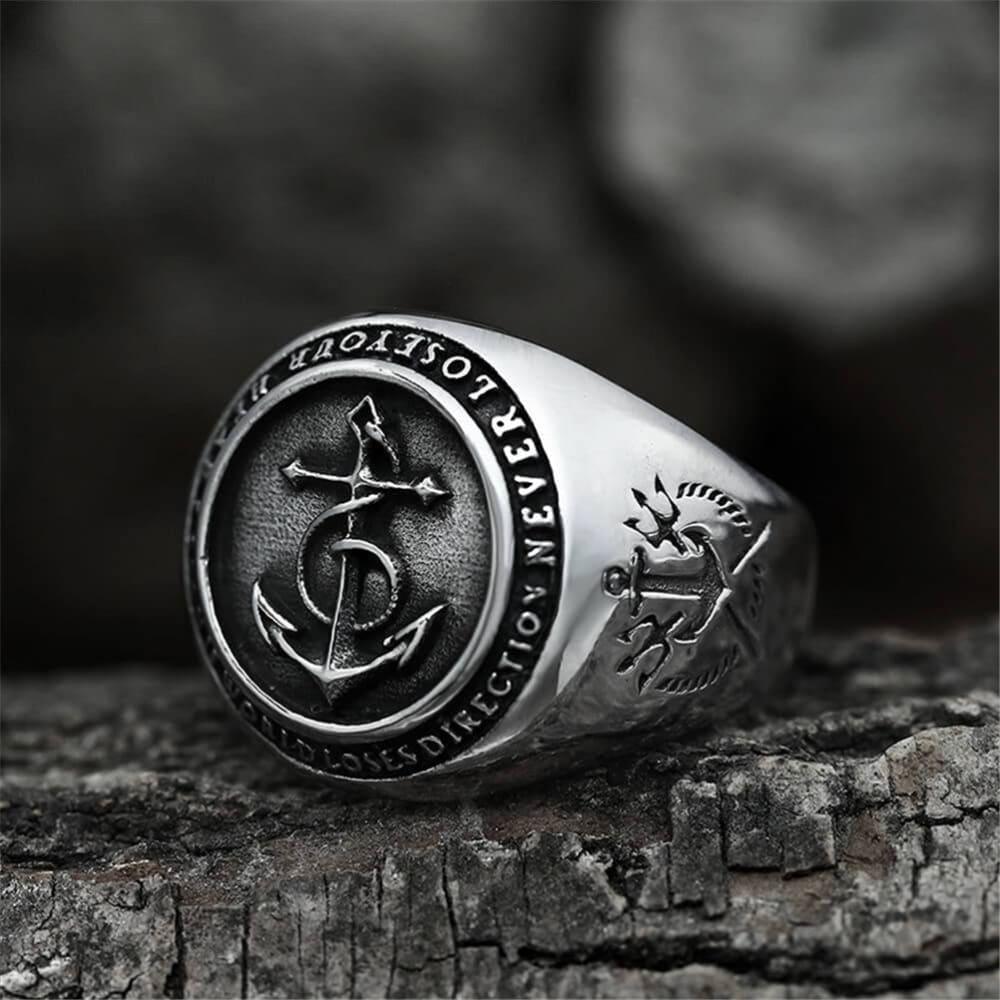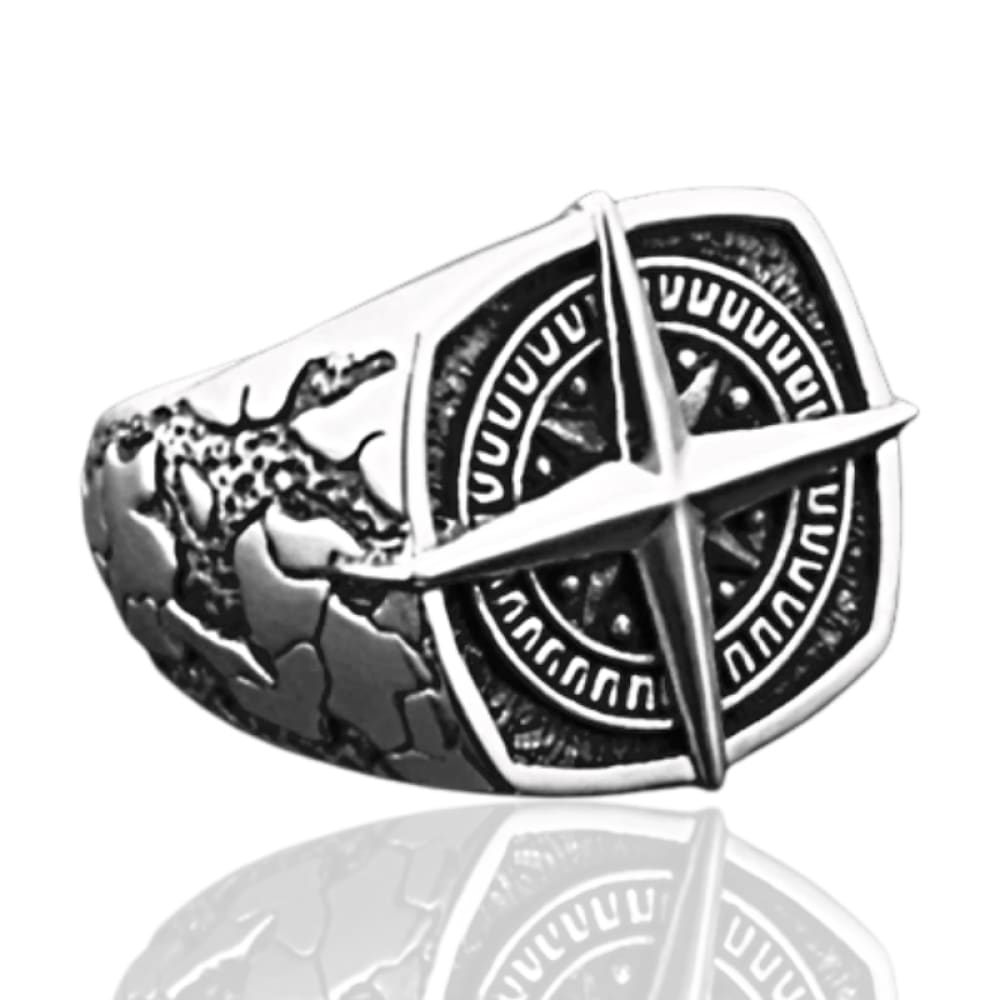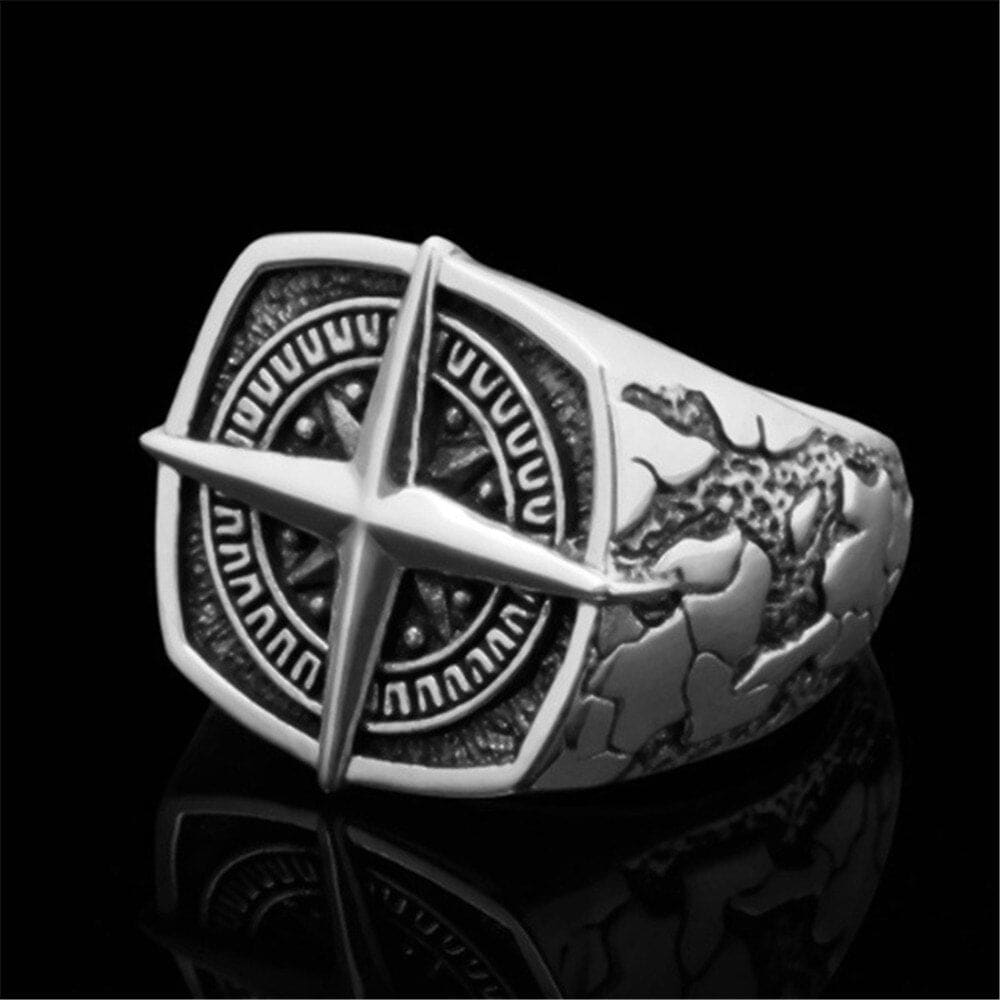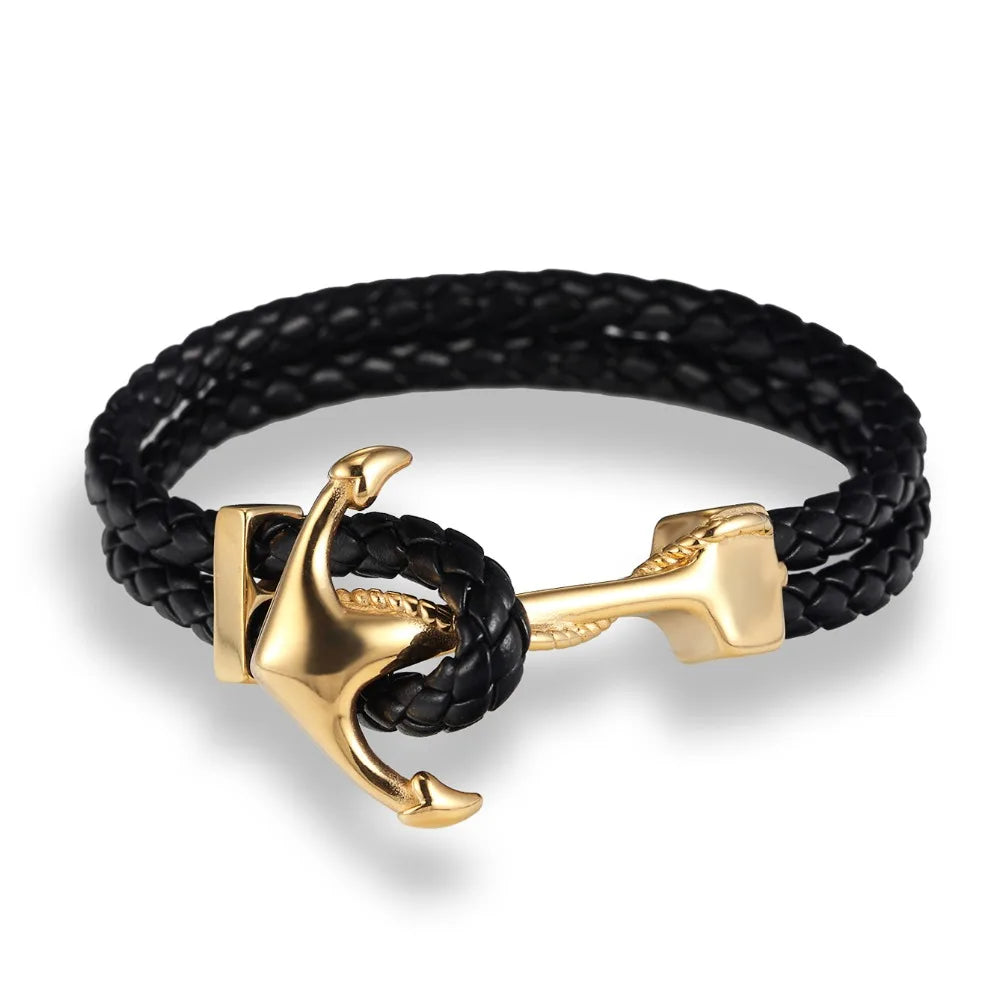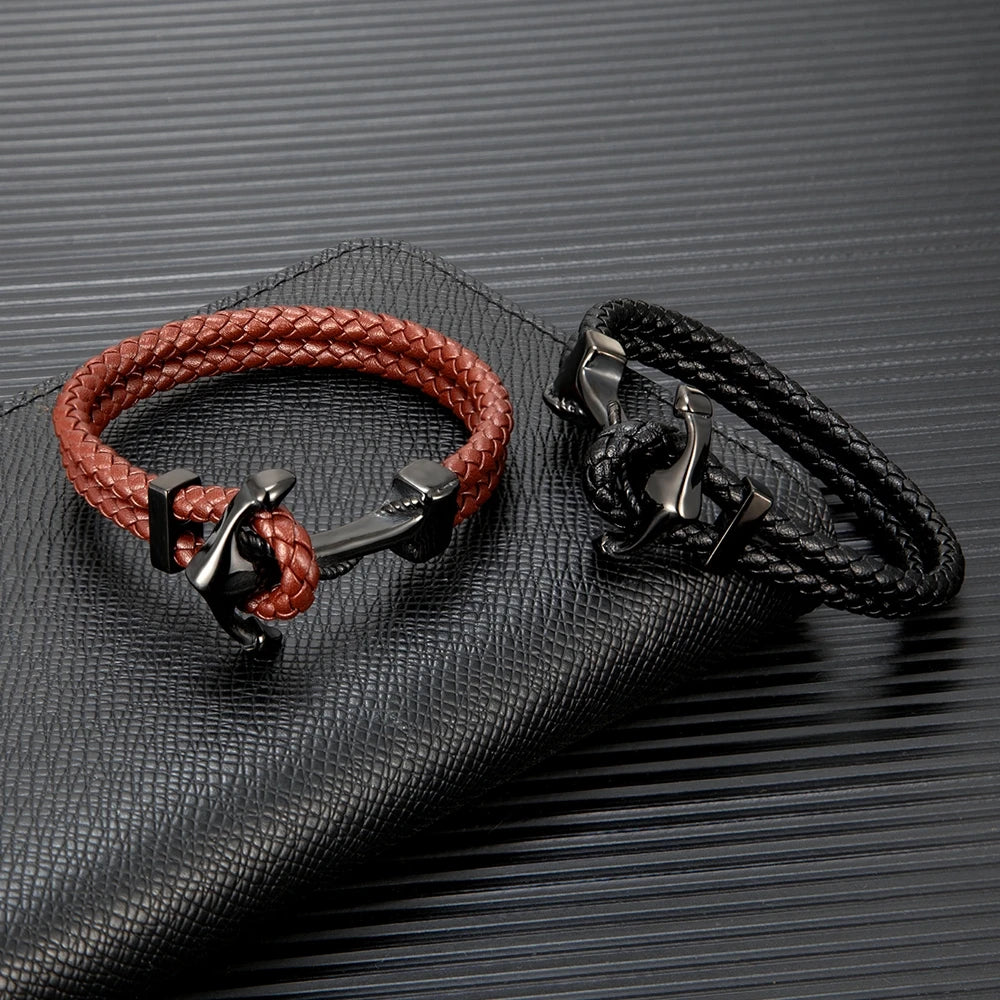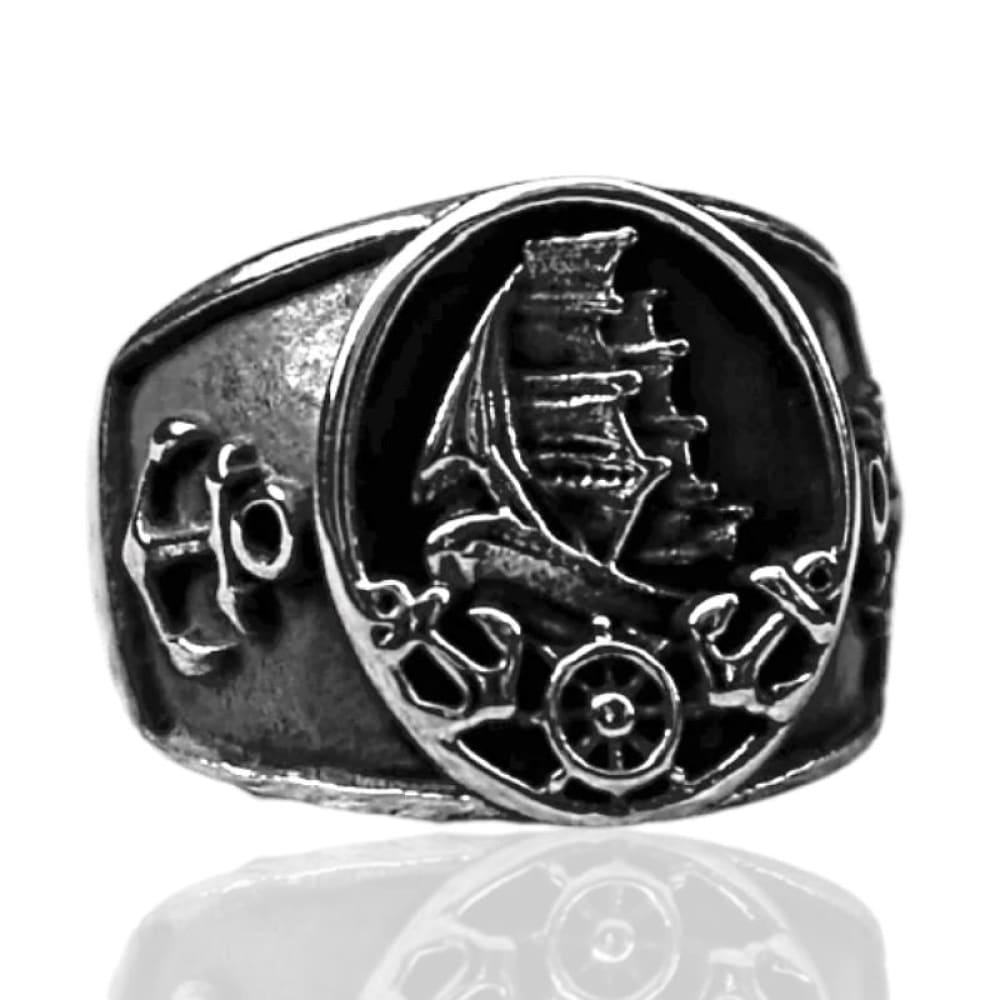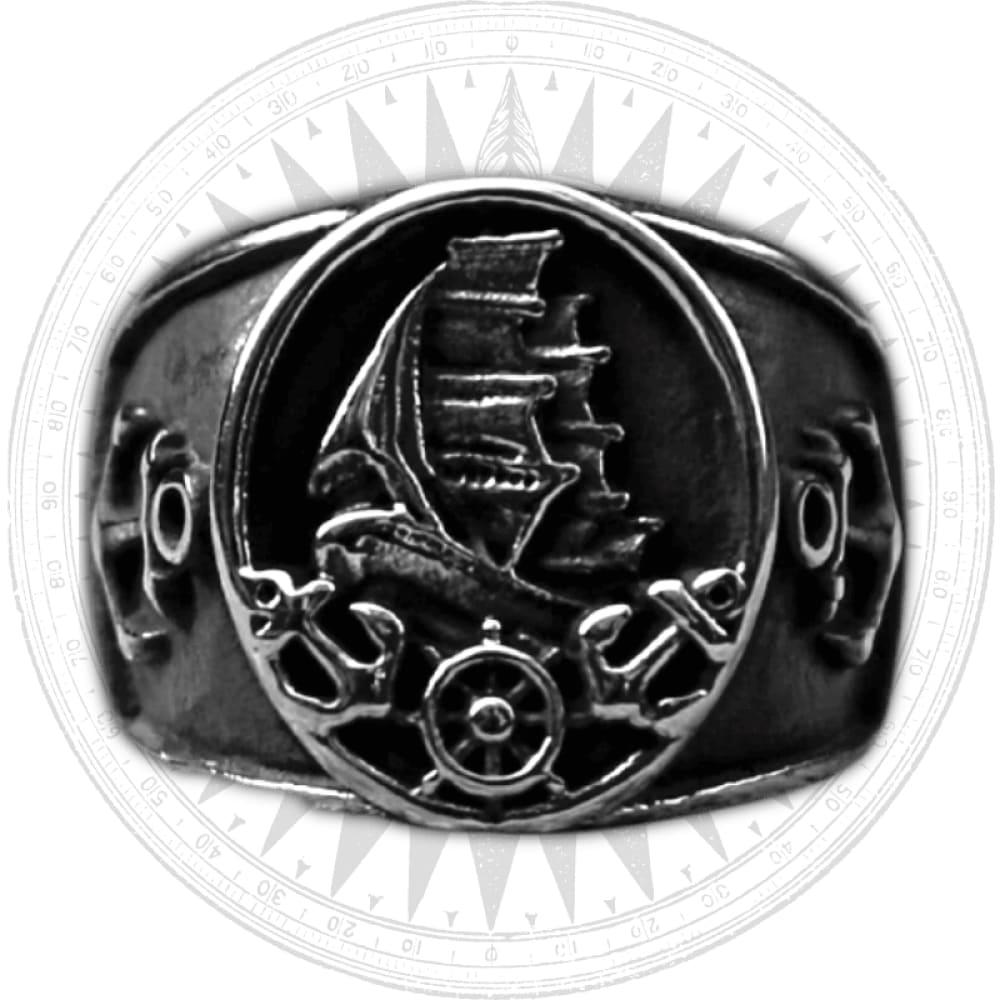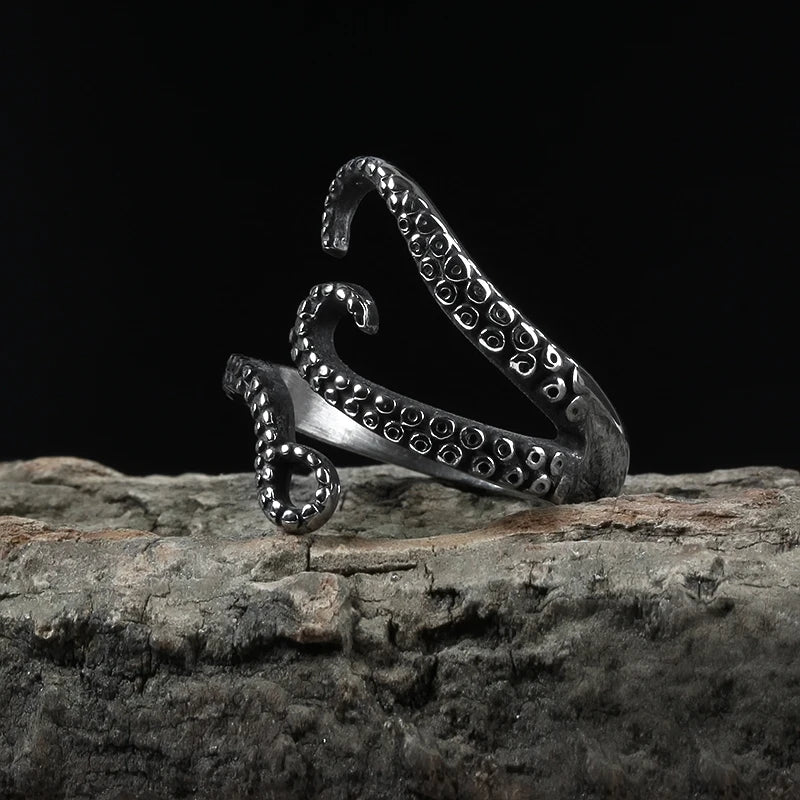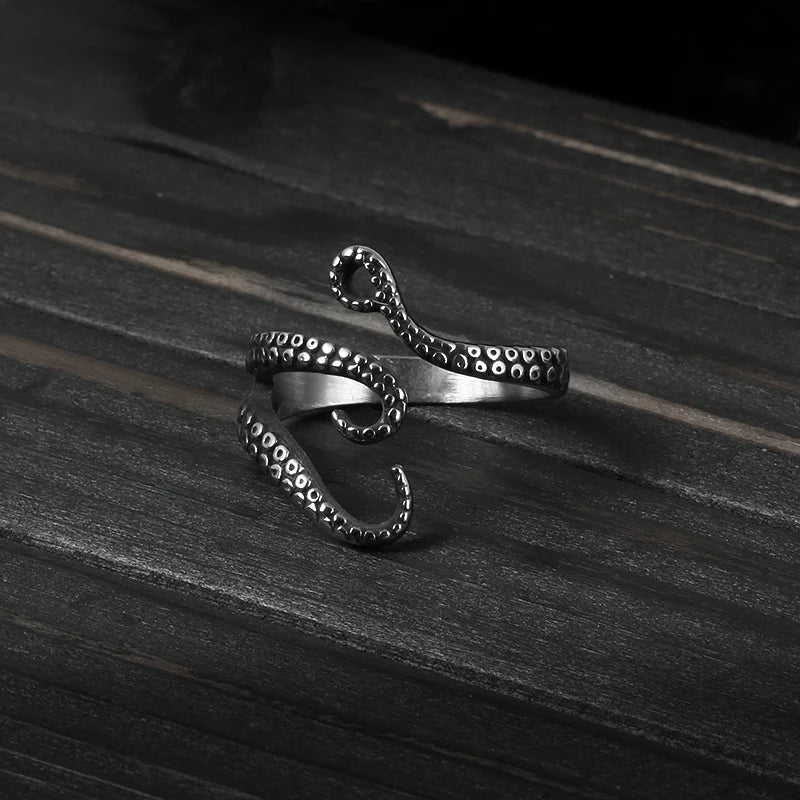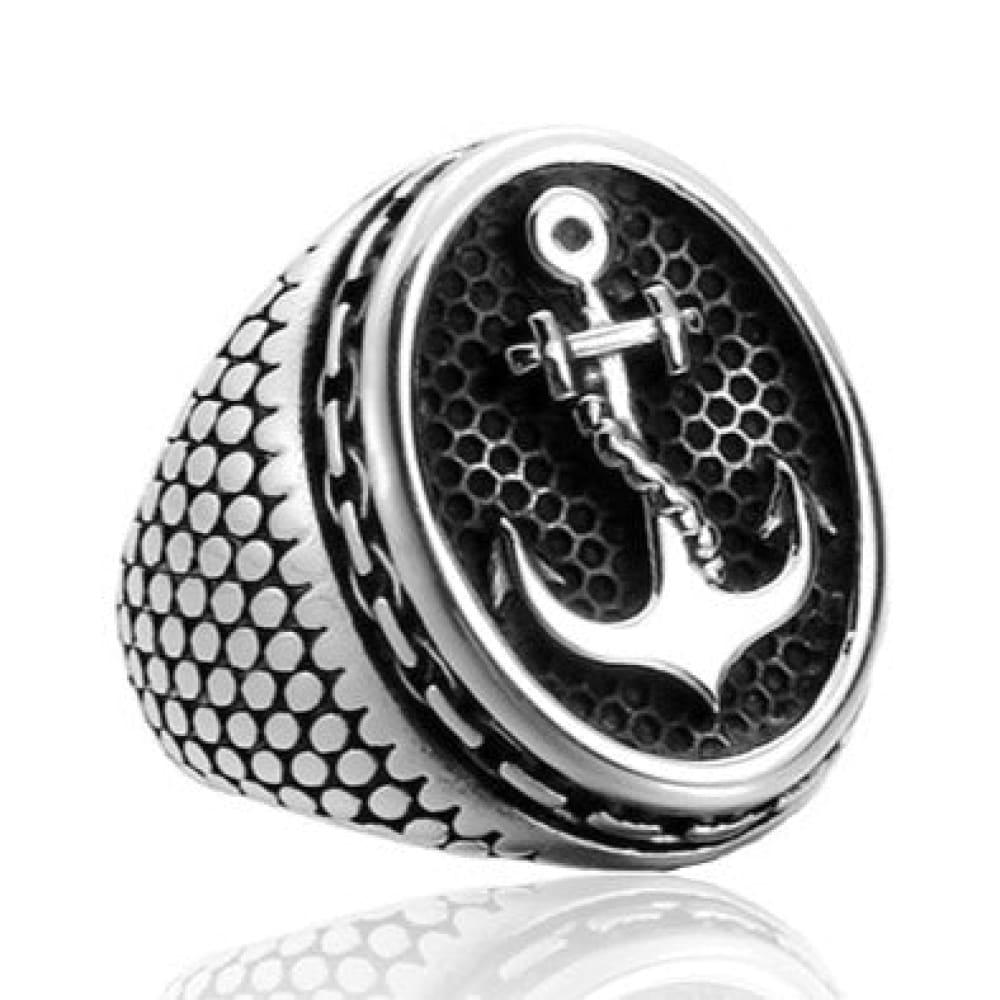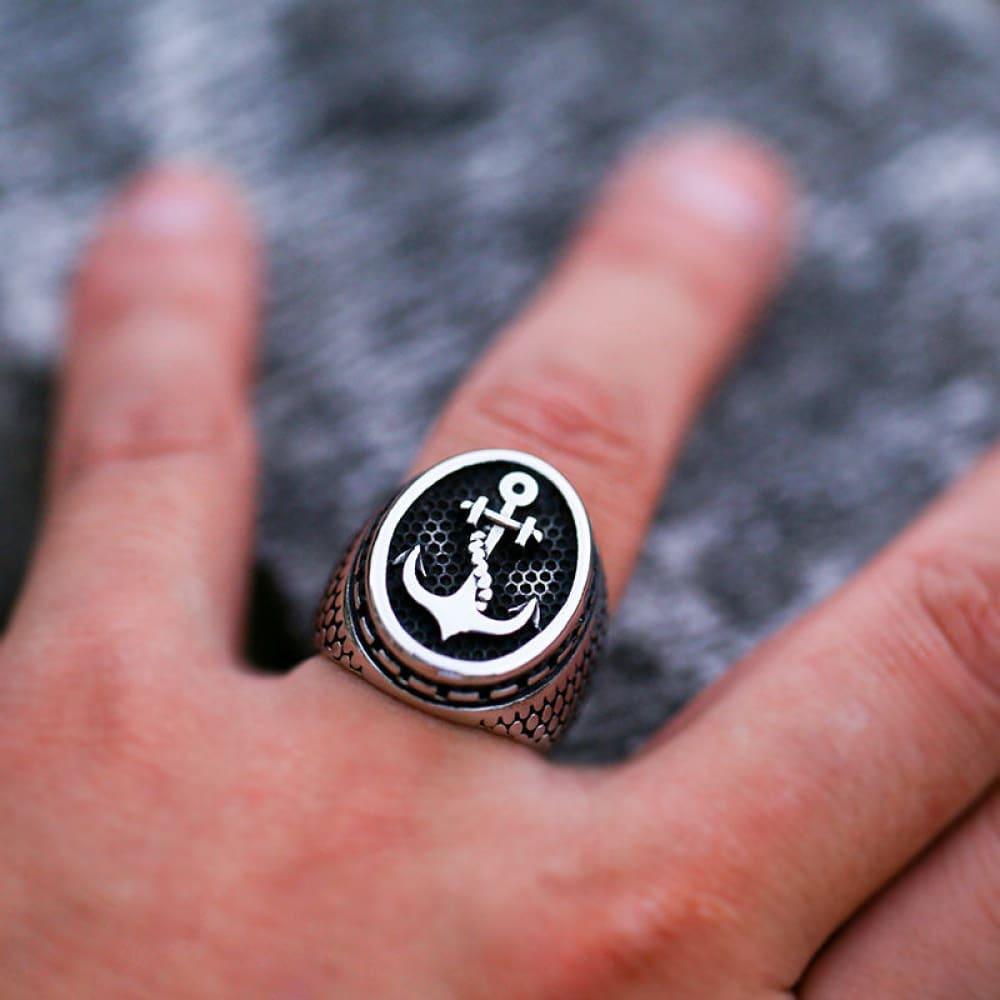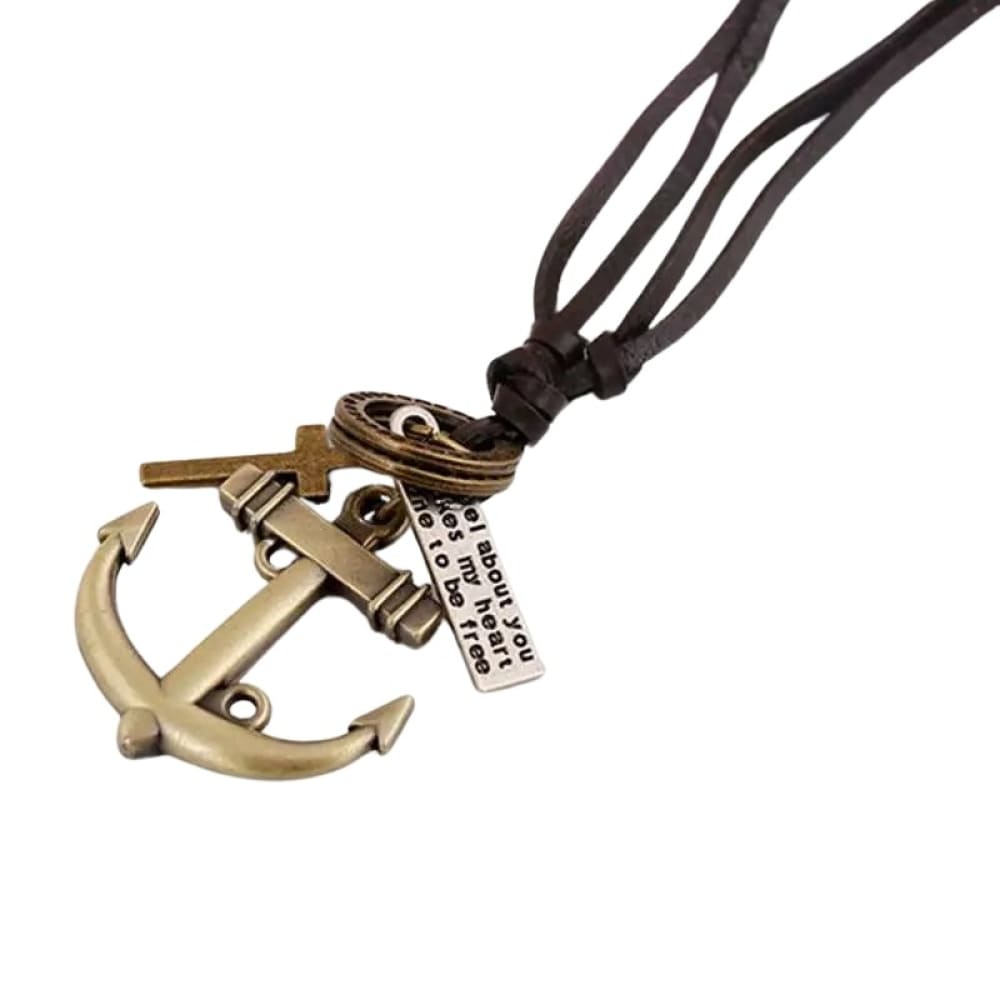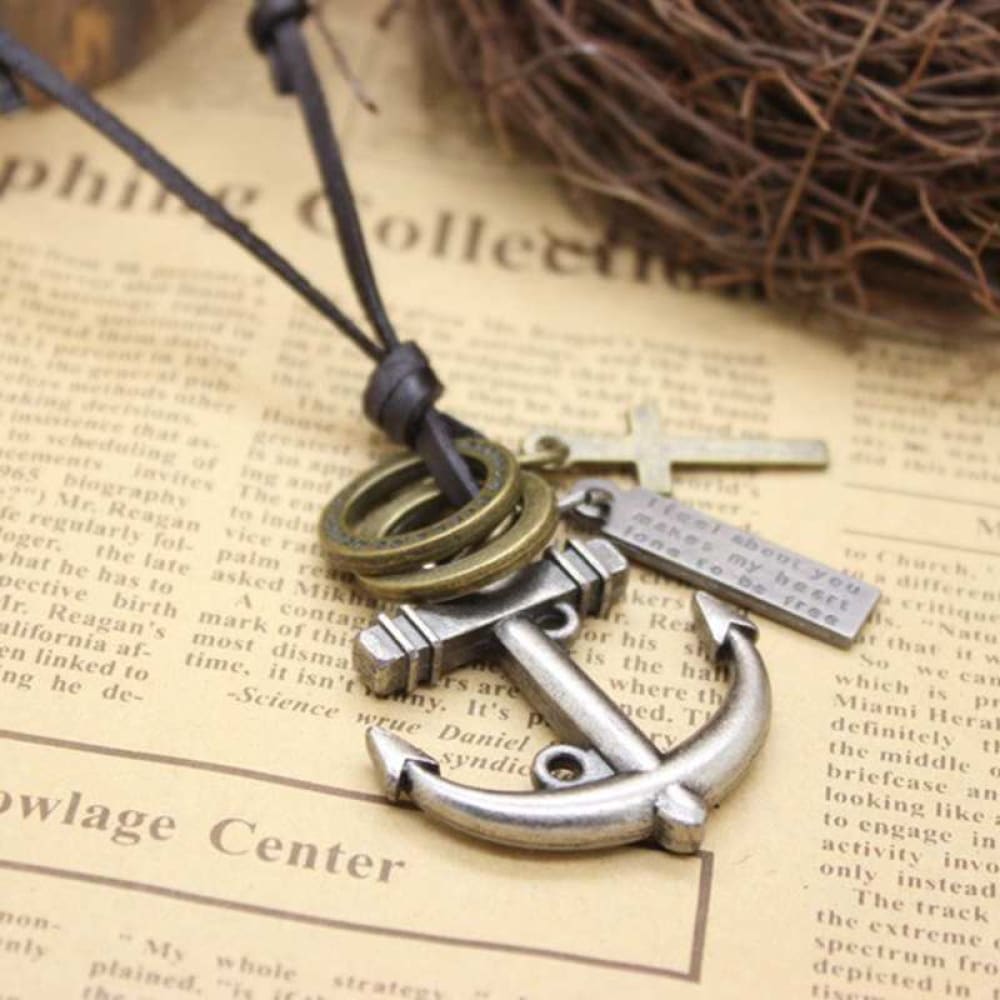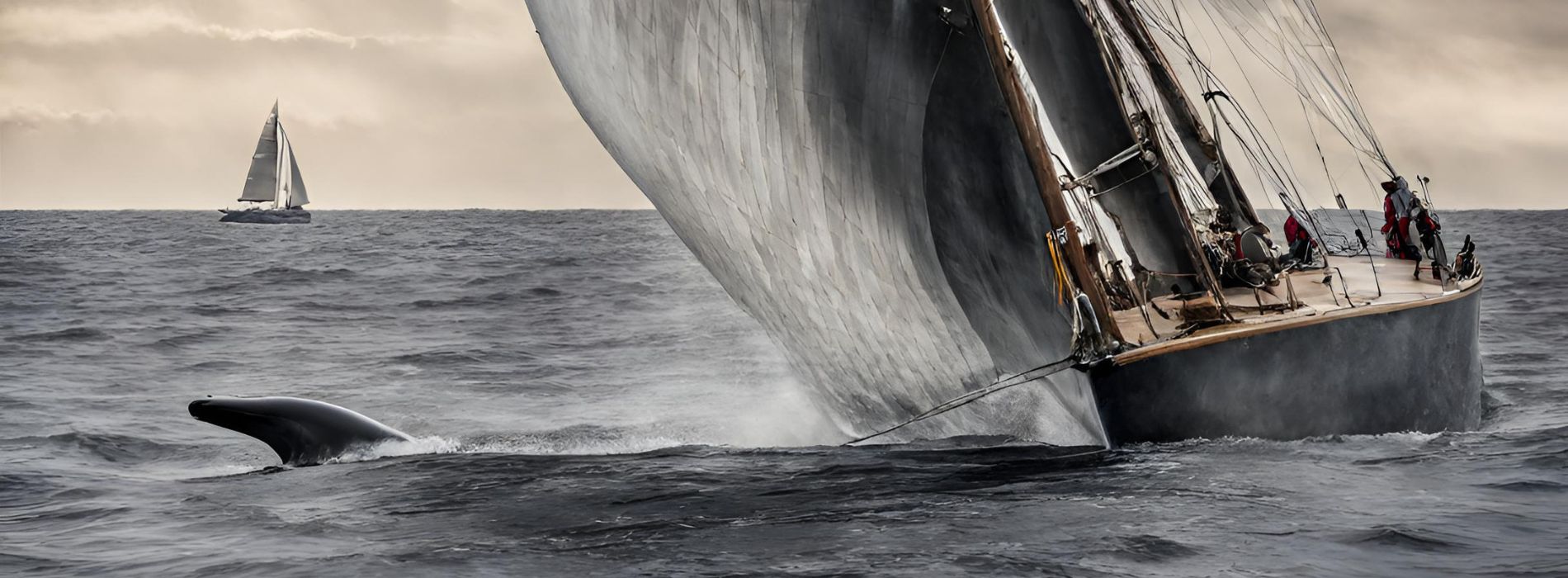Imagine diving into the mesmerizing blue depths of the Indian Ocean, surrounded by vibrant coral reefs and enchanting marine life. In this underwater wonderland, one creature stands out for its unique beauty and captivating behavior, the Allard's Clownfish, also known as Allard's Anemonefish. This remarkable species, belonging to the family Pomacentridae, has fascinated marine enthusiasts and researchers alike with its symbiotic relationship with sea anemones and its striking appearance. Join us on a journey to explore the world of this specie and uncover the secrets of this remarkable creature.
Table of Contents
- Introduction
- Habitat: Distribution and Background
- Description of Allard's Clownfish
- Symbiotic Relationship with Anemones
- The Colorful World of Clownfish
- Social Behaviors and Reproduction
- Allard's Clownfish in the Wild
- Allard's Clownfish in Captivity
- Conservation Status
- Our last words
Habitat: Distribution and Background

Allard's Clownfish, scientifically known as Amphiprion allardi, is native to the western Indian Ocean. Its range extends from the coast of East Africa, between Kenya and Durban, to the Seychelles and Mascarene Islands. These clownfish are typically found in the warm waters of sheltered reefs and shallow lagoons, often near or within the tentacles of their host anemones.
This species was first described by Wolfgang Klausewitz in 1970, who named it in honor of Jacques Allard, an aquarist and marine collector who supported Klausewitz's research in East Africa. Allard's Anemonefish is part of the Clarkii complex, a group of 11 clownfish species that exhibit similar traits and behaviors.
Description of Allard's Clownfish

This fish boasts a unique and striking appearance. As adults, they have a dark-brown to black body, adorned with two white bars that are edged with black. The caudal fin, or tail fin, is white, while the other fins are orange. This species can reach a maximum length of approximately 14 cm (5.5 inches).
In terms of physical characteristics, Anemonefish has 10-11 dorsal spines, two anal spines, 15-17 dorsal soft rays, and 15-17 anal soft rays. These features, combined with their distinct coloration, make them easily distinguishable from other clownfish species.
Symbiotic Relationship with Anemones

One of the most fascinating aspects of Allard's Clownfish is its symbiotic mutualism with sea anemones. In the wild, these clownfish form a close bond with specific species of anemones, seeking their protection and utilizing them as a food source. The clownfish are unaffected by the stinging tentacles of their host anemone, while the anemone benefits from the clownfish's defense against predators and parasites.
Allard's Anemonefish is known to associate with anemones such as the Bubble Tip Anemone (Entacmaea quadricolor), Beaded Sea Anemone (Heteractis aurora), and Merten's Carpet Anemone (Stichodactyla mertensii). These relationships provide shelter and food for the clownfish, creating a mutually beneficial partnership.
The Colorful World of Clownfish

Clownfish are renowned for their vibrant colors and unique patterns, which vary between species and can even differ based on factors such as distribution, sex, age, and host anemone. Allard's Clownfish, like other members of the Amphiprion genus, exhibit a range of hues including yellow, orange, and blackish tones. They often display white bars or patches, adding to their dazzling beauty.
It is believed that the coloring of clownfish serves various purposes, including camouflage, species recognition, and signaling social status within their communities. The intricate patterns and bright colors create a visual spectacle in the underwater realm, capturing the imagination of divers and aquarium enthusiasts alike.
Social Behaviors and Reproduction

Allard's Anemonefish, like other clownfish species, exhibit fascinating social behaviors within their communities. In a group of clownfish, a strict dominance hierarchy exists. The largest and most aggressive fish, typically a female, holds the top position. Only a male and a female in the group have the ability to reproduce through external fertilization.
Clownfish are known as sequential hermaphrodites, meaning they develop into males first and then transition into females as they mature. This unique reproductive strategy ensures the presence of both male and female individuals within a group, increasing their chances of successful reproduction.
The transition from male to female can occur rapidly, taking only about two months. Once a pair of adult clownfish forms, they become fiercely territorial, defending their host anemone or coral and their eggs from intruders. This protective behavior showcases the dedication and commitment of clownfish to their offspring.
Allard's Clownfish in the Wild

In the wild, this fish inhabit outer reef slopes, reef faces, and lagoons. They seek the protection of areas near caves and soft and stony corals. These clownfish are excellent swimmers, often venturing quite far from their host anemone in search of food or new territories. Their adaptability allows them to thrive in a variety of habitats as long as suitable shelter and food sources are available.
Allard's Anemonefish have a diverse diet, feeding on benthic algae, plants, planktonic invertebrates, and zooplankton. Their feeding habits contribute to the overall health and balance of the marine ecosystem they inhabit.
Allard's Clownfish in Captivity

Allard's Anemonefish are highly sought after by aquarium enthusiasts due to their unique beauty and captivating behavior. While they may be a bit harder to find and slightly more expensive compared to other clownfish species, keeping them in captivity is an achievable goal for dedicated aquarists.
To successfully care for Allard's Anemonefish in a home aquarium, a minimum tank size of 30 gallons is recommended for a single specimen, while a pair would require 45 to 55 gallons. Providing ample hiding places and open swimming space is crucial for their well-being. Although anemones are not essential for their survival, they can be introduced as a natural element in the tank, creating a more realistic and visually stunning environment.
They are generally compatible with a wide range of tank mates, but caution should be exercised when introducing them to larger territorial fish or aggressive species. It is best to add clownfish first and then introduce other fish to the tank to minimize potential conflicts.
if you want to learn more about clownfish, visit here !
Conservation Status
Allard's Anemonefish is currently listed as "Least Concern" on the IUCN Red List of Threatened Species. While there is no immediate threat to their population, it is crucial to monitor their numbers and protect their natural habitats. Sustainable practices, such as responsible collection and captive breeding, can help reduce the impact on wild populations and ensure the long-term viability of this beautiful species.
Our last words
Allard's Clownfish exemplify the enchanting beauty and complexity of the marine world. Their vibrant colors, intriguing behaviors, and unique symbiotic relationship with anemones have captivated the hearts and minds of ocean enthusiasts worldwide. These resilient and intelligent creatures serve as a reminder of the delicate balance of life beneath the waves and the importance of preserving our oceans for future generations to enjoy.
We hope you've liked this article about the Allard's Anemonefish !
Feel free to subscribe to our private newsletter to receive more exclusive article. You will also receive a 10% bonus discount for our sea world catalogue. You will be notified via email whenever we release a new wonderful jewelry piece of the ocean.
Feel free also to go check out our website, we provide the best sea content and we offer you the best nautical jewelry all around the globe !

